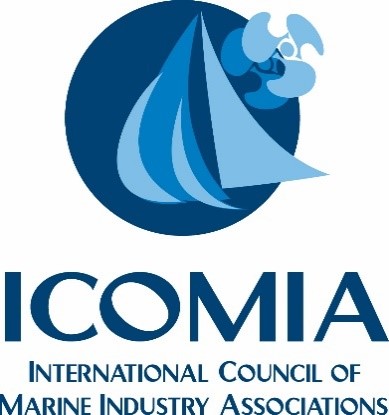Your basket is currently empty!

Marina Management
The decade of the 80`s saw a major revolution in the marine industry in the United States. In many respects it mirrored the growth of a significantly larger class of individuals in this country with discretionary disposable income or at least a belief that they could afford to spend more money. The marina business, which…
Description
The decade of the 80`s saw a major revolution in the marine industry in the United States. In many respects it mirrored the growth of a significantly larger class of individuals in this country with discretionary disposable income or at least a belief that they could afford to spend more money. The marina business, which was still a cottage industry much like motels in the 1950s, began to evolve. The same can be said of the boat manufacturing industry which saw large conglomerates replace small individual builders. Boating retail expenditures in the US, which were at a level of perhaps $7,000,000,000 in 1980, rose to around $18,000,000,000 by 1989. Marina slip rental rates increased at an average of better than 10% per year, and in many areas approached 15% per year, for the entire decade. A sleepy little industry woke up and expanded to the `masses`. It was hard to make a mistake in that environment with one exception – assuming that the environment would exist ad infinitum. Historically, the marine industry has been fragmented. Boat builders were small and sometimes geographically restricted. Manufacturers and distributors of retail supplies were in a similar situation. Marinas were `mom and pop`, stand alone facilities, with no networking and thus no economies of scale. While that has begun to change there are still no synergisms among the component elements that are involved in the boating industry. As we move forward, however, things must, and will, change. Because of the large expansion of competitors for consumer dollars at every level in the 80`s, and the implosion of the customer base in the early 90`s, new strategies must and will evolve as the industry realigns itself. Those segments of the industry that are willing to change will survive this cycle and ultimately reap huge benefits when pent up consumer demand is once again in a position to be released.
Additional information
| author |
|---|
